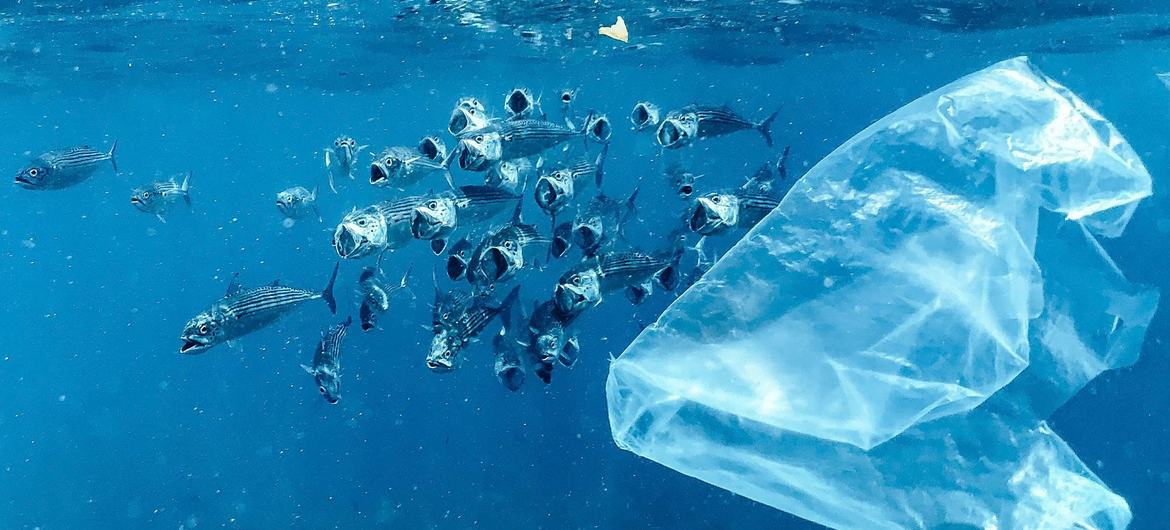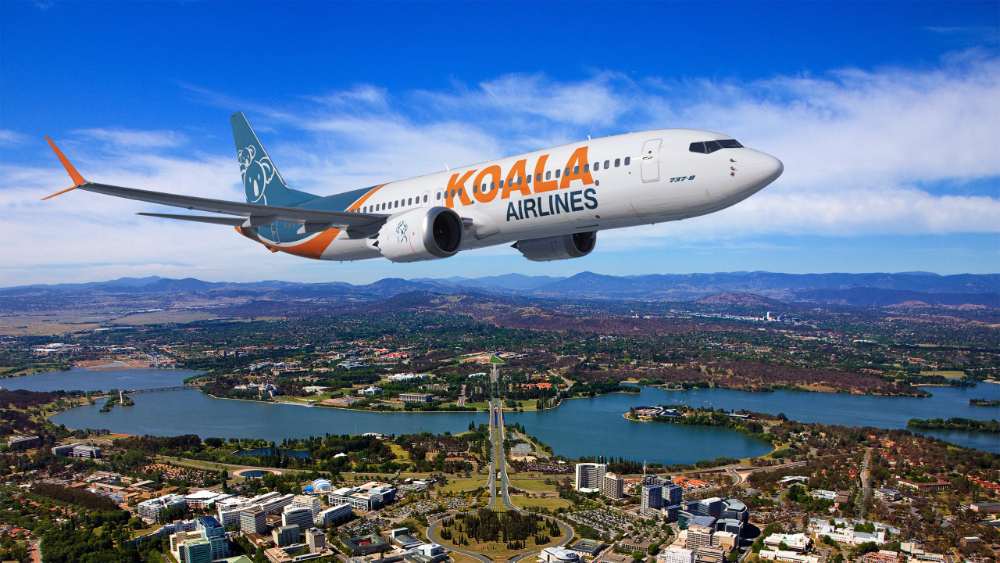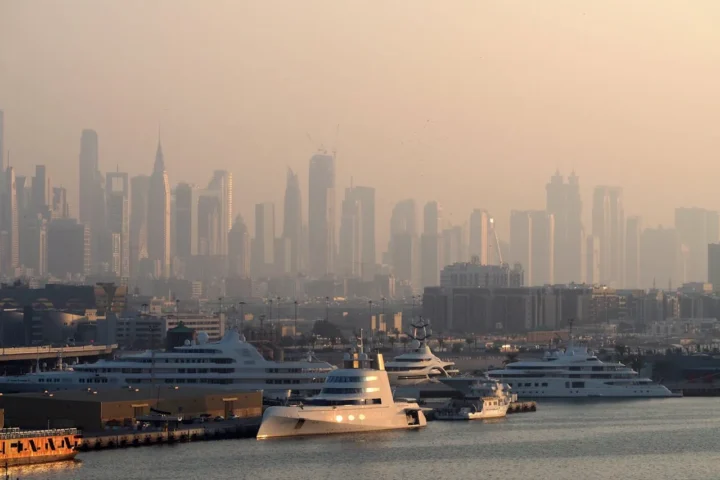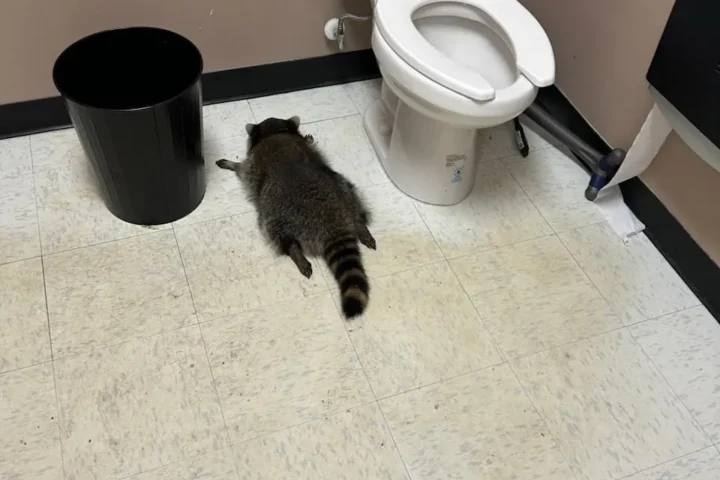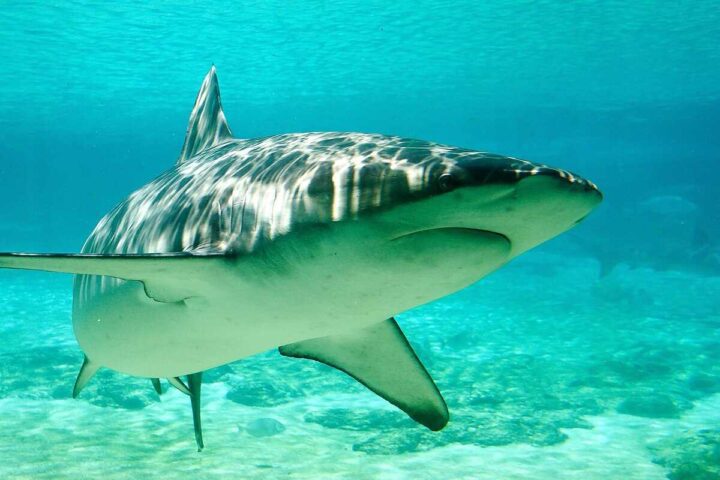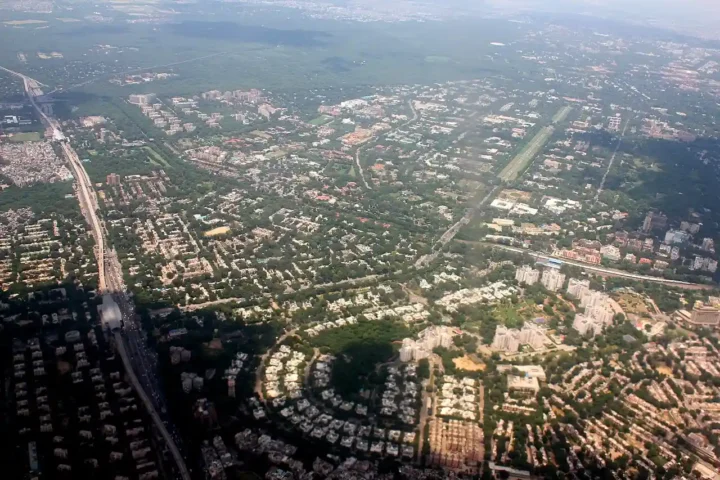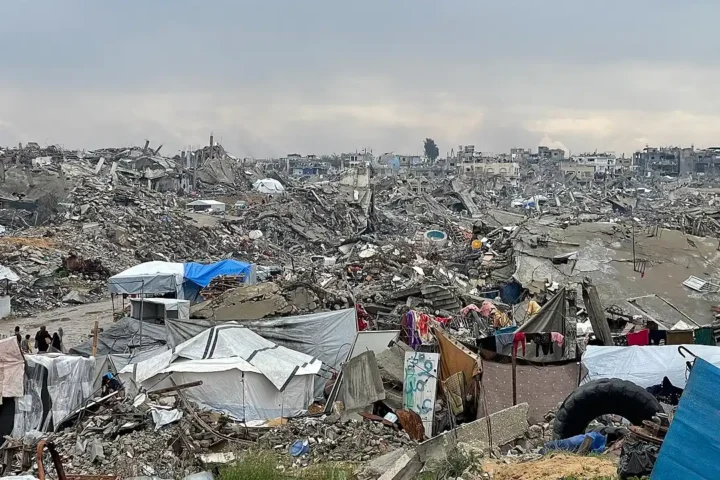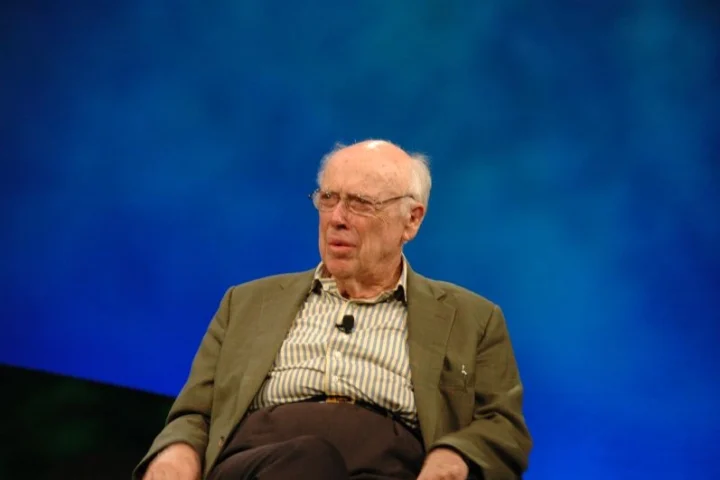Global negotiations to create the world’s first binding plastic pollution treaty have entered their critical final phase in Geneva this week. Representatives from more than 175 countries are meeting from August 5-14 for what experts consider the last opportunity to forge an agreement that could prevent plastic pollution from tripling by 2040.
The talks face significant challenges. Despite strong backing from over 90 countries, including small island nations and EU members, a minority of petrochemical-producing countries and industry lobbyists continue to push back against key measures. These opponents want to limit the treaty to waste management rather than address the full plastic lifecycle, including production caps.
“Australia and the ambitious majority must forge their own path to a strong, binding treaty,” said Malene Hand, WWF-Australia’s No Plastic in Nature Policy Manager. “Otherwise they risk going home with a weak, toothless treaty that will only lock in harm for generations to come.”
The stakes are extraordinarily high. Every day without action, another 30,000 tonnes of plastic enters our oceans. Australia ranks as the world’s second-highest generator of single-use plastic per person, with an estimated 140,000 tonnes of plastic waste leaking into the Australian environment annually.
Recent health findings have added urgency to the negotiations. A review in The Lancet by 27 scientists and doctors links plastic chemicals like BPA and phthalates to serious health conditions including cardiovascular disease, cancer, and developmental disorders. These health impacts impose an estimated $1.5 trillion annual burden on global health systems.
Key sticking points in the negotiations include:
Whether to set binding caps on virgin plastic production with clear reduction targets How to implement Extended Producer Responsibility schemes that make manufacturers financially responsible for plastic waste Incorporating circular economy principles like design standards for recyclability Creating monitoring systems to track plastic pollution globally Addressing microplastics, which have been found in human blood, placenta, and the food chain.
Similar Posts
UN Environment Executive Director Inger Andersen and EU Environment Commissioner Virginijus Sinkevičius have expressed cautious optimism about reaching a deal, though they warn of potential dilution of key measures.
Some positive developments have emerged. Major companies including Nestlé and H&M have voiced support for binding measures. There’s also growing discussion about possible follow-up actions at future climate summits if these talks fail to produce consensus.
Nicole Forrester, WWF-Australia’s Chief Regenerative Officer, emphasized Australia’s potential leadership role: “Australia has an opportunity to lead with integrity and ambition to secure a treaty to end the plastic pollution crisis. If we’re serious about regenerating nature, we must shift to a circular economy where plastic stays in use and out of the environment.”
If negotiators can’t reach agreement through the standard process, some nations may pursue alternative pathways, including voting on a new treaty text or forming a coalition of ambitious countries to adopt stronger measures outside the formal process.
With previous negotiation attempts ending in deadlock, the window for achieving a comprehensive, enforceable agreement is rapidly closing. The decisions made in Geneva over the next ten days will shape how humanity addresses one of its most pervasive environmental challenges for decades to come.
